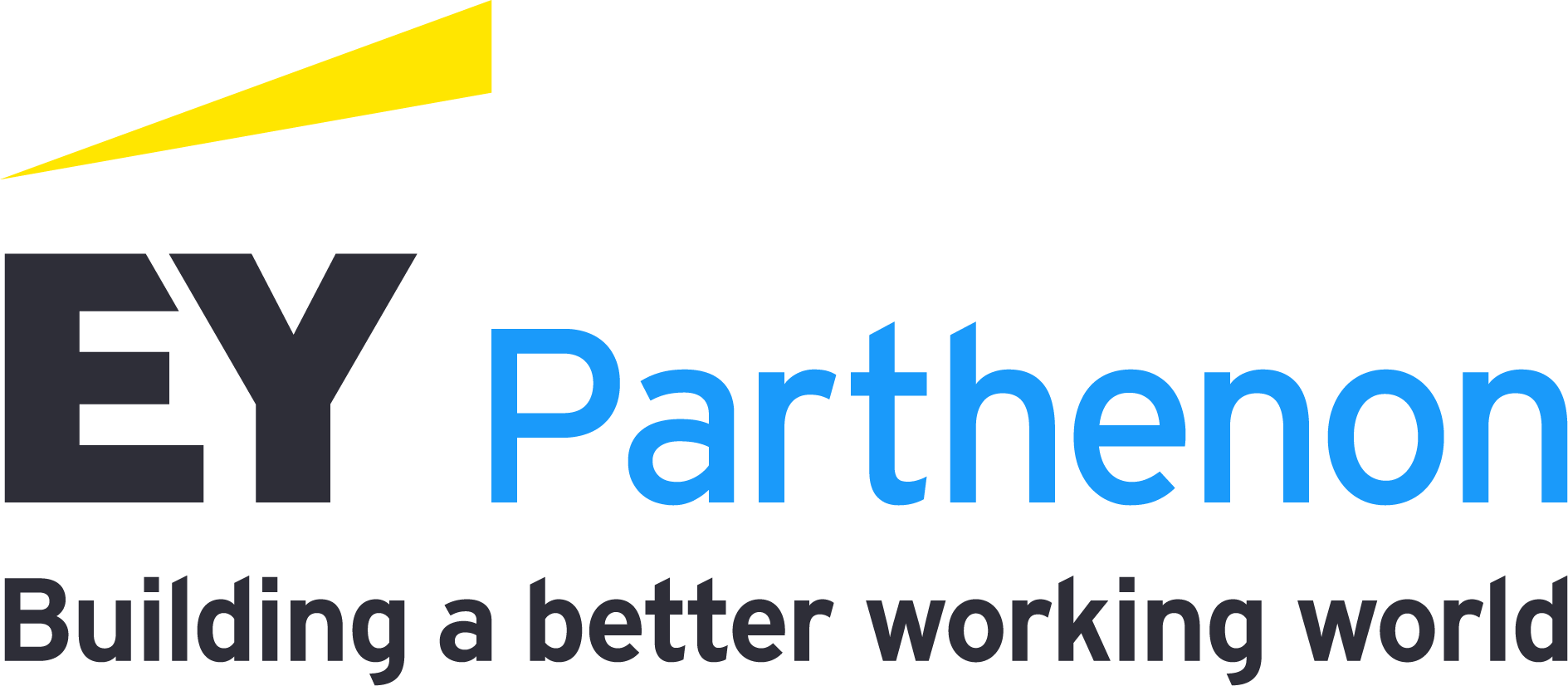University as real estate operator
For better or for worse, colleges and universities are no longer just in the “business” of education, research and public service (if they are land grant institutions). They are also large-scale real estate owners and operators. Academic buildings with classrooms and labs, student centers and dorms, athletic facilities, administrative buildings, retail and parking garages, energy, steam, cooling or other systems, and sometimes even hospitals all add up to a complex real estate portfolio.
While the state of these facilities influences a student’s decision to attend an institution, their design, construction and maintenance are not exactly core to university missions and can even be considered a distraction from the delivery of education. The question naturally arises: does your institution have enough time, energy, money and expertise to pour into these non-core but increasingly essential activities.
The power of a P3
In the face of these new, overwhelming real estate operation considerations, a public-private partnership (P3) may be an institution’s best option. P3s can provide greater flexibility and efficiency when building, financing and managing infrastructure and facilities.
They can help to offset risk, promote designs of new facilities that fit into the existing structures, and confirm that the new facilities are both of high quality and attractive to prospective students. But perhaps the greatest benefit of a P3 for an institution and its leadership is the time and energy they no longer need to spend on non-academic activities, allowing them to instead focus on delivering an academically excellent experience for their students.
The usefulness of P3s to institutions is evidenced by their increasing popularity in recent years. There has been approximately a 50% year-over-year increase in the value of the P3 transactions, and some speculate that the volume may reach $5b over the next five years.⁴
What is a public-private partnership?
A P3 is a contract between a public agency or nonprofit and a private sector entity, in which they can share skills, technology and responsibility when delivering a product or service.⁵
In the case of higher education, P3s can be a benefit in a variety of ways, including:
- Front-office, student-facing functions (e.g., enrollment management, student affairs, education delivery)
- Back-office functions (e.g., finance, human resources, technology)
- Facilities (e.g., student housing, labs, food service, parking, transportation)
What can a P3 do for me?
Though institutional functions previously considered sacred and core to the teaching and learning mission of universities, such as course design and development, have seen increased outsourcing and partnerships in recent years, the strong majority of P3s focus on facilities and food services (see below). These projects tend to be the most capital intensive and further afield from university capabilities; they also are some of the first things students see when they enter campus.
For example, on a recent project called Merced 2020, the University of California Merced (UC-Merced) contracted in a P3 for a $1.3b campus expansion to ultimately accommodate 10,000 students — nearly doubling the physical capacity of the campus.⁶ It includes a 39-year concession to build and operate 1 million square feet of classroom spaces, research labs, housing, recreational area and dining facilities. The project is being financed by approximately $600m in UC revenue bonds and $700m in private debt/equity investment.
Motivations for P3 transactions vary widely, but include:
- Supplementing traditional debt instruments: These include private capital, using off balance sheet or alternative mechanisms.
- Transfer of risk: Historically, universities have born all or most of the risk of facilities-related projects themselves. A P3 is a way to either transfer or at least share the risk.
- Speed and efficiency: A P3 allows for a faster development process, and time to completion is generally shorter and on schedule. The sole focus of the private entity is to complete the project on budget and on time. University infrastructure tends to have competing priorities across all-campus facility needs.
- Outsourcing provision of non-core assets: Outsourcing allows institutions to focus investment of internal resources and capabilities on those functions that are closer to the academic needs of its students.
- Experience: Private partners often have much more experience and skills in a particular development area (e.g., facility architecture and infrastructure, student housing needs) and are able to better accommodate the needs of students, faculty, administrators, etc.
- Planning and budgeting: Private partners offer experience and know-how in long-term maintenance planning and whole life cycle budgeting.
Types of public-private partnerships
Public-private partnerships can take a wide range of forms and tend to vary with the level of involvement and risk that the private entity holds in the arrangement with the educational institution. The terms of a P3 are typically set out in a master development agreement or contract that outlines the responsibilities of each party with a particular focus on the allocation of risk to the institution and the private entity. The type of P3 warranted varies depending on the specific needs of the institution. It could be a short-term partnership or could include a contract that lasts 40 or more years.
Operating contract/management agreement
Short- to medium-term contract with private firm for operating services
Case study: Long-standing dining services continued at Texas State
Texas State has approved a dining services extension with Chartwells that is worth $13.6m, which now extends the contract term though 2023. The contract contains all aspects of dining services at Texas State. The areas managed by Chartwells include all dining halls, the student center food court, and the other snack and food facilities that span the campus. The contract allows Chartwells to manage all the food services at the various venues and gives it the opportunity to work with future facilities that Texas State opens. The contract also allows Chartwells to provide catering services to the university community.
Ground lease/facility lease
Long-term lease with private developer who commits to construct, operate and maintain the project
Case study: The University of Kentucky’s homegrown food economy
In 2014, the University of Kentucky embarked on a 15-year, $245m partnership for dining services at the university. This P3 created immediate positive results with a decrease in student meal plan pricing and $70m in food investments from Aramark. Part of the deal was a commitment from Aramark to use sustainable practices and locally sourced food.
Availability payment concession
Long-term concession with private developer to construct, operate, maintain and finance the project in exchange for annual payments subject to abatement for nonperformance
Case study: UC-Merced pursues innovative campus expansion
UC-Merced contracted space for an additional 10,000 students — nearly doubling the physical capacity of the campus. That includes a 39-year concession to build and operate 1 million square feet of classroom spaces, housing, recreational areas, dining facilities and walkways. The project is being financed by $600m in UC revenue bonds, $157m of UC-Merced funds and $386m of equity funding from a consortium of international financial, engineering and design partners.
Demand-risk concession
Long-term concession with private developer to construct, operate, maintain and finance the project in exchange for rights to collect revenues related to the project
Case study: The Ohio State parking system
In 2013, Ohio State University (OSU) signed a first-of-its-kind deal with Queensland Investment Corporation (QIC) to lease 36,000 on-campus parking spaces for 50 years. This example of a demand-risk concession deal gave OSU $438m for its endowment fund, earmarked for scholarships, staff grants, tenure-track faculty and other important projects. In return, QIC will manage the 36,000 parking spaces and will be permitted to raise meter rates by 5.5% per year for the first 10 years. According to university estimates, in 50 years the initial $483m will result in $3.1b in investment earnings for its endowment.⁷
Conclusion
Higher education institutions are increasingly struggling to provide a quality education while keeping up with the challenges of deferred maintenance. This is difficult against the backdrop of reductions in state funding and limited appetite for further tuition increases which impact the student wallet.
Campus real estate operations, maintenance (particularly of complex systems and non-core facilities) and development needs can distract campus leadership from these critical challenges. Now, institutions have the opportunity to reduce their direct role in these non-core functions through partnership. This must be done intentionally and thoughtfully — through a carefully crafted strategy, diligent partner selection process and a well-constructed RFP with clear goals, guidelines and shared risk incorporated.
If done properly, institutions can reduce costs, transfer risk, enhance long-term budget certainty, access innovative real estate design and technology systems and create a truly differentiated experience for their students. And they can focus additional attention on what they do best: education. EY-Parthenon and EY Infrastructure Advisory can help assist institutions in exploring the possibilities of partnership and establishing a structured approach to deciding whether a P3 is the right approach.




